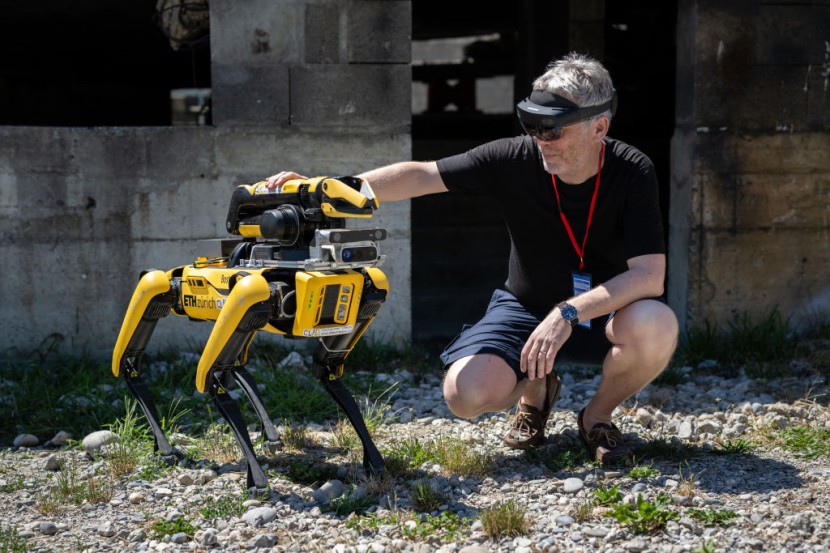
A robotic "dog" named Spot was recently used to carry out surveys of two off-limits buildings at the Cold War weapons facility at Orford Ness. The National Trust said the survey of the Cold War-era site under its care was the first of its kind.
Spot is a robot developed by Boston Dynamics and operated by BAM Nuttall, with the latter's innovations and technical lead Colin Evison saying the aim of the operation was to capture the buildings' "size and geometry."
The structures on the site, which previously tested out the capabilities of nuclear weapons without the actual use of nuclear material in the 1960s until its decommissioning and custodial transfer to the National Trust in 1993, have been closed to the public and its own staff for safety reasons.
National Trust general manager for Suffolk and Essex Russel Clement was also quoted by the BBC, saying that accessing the area was "a bit of a head-scratcher" since they would like to have the site mapped out using modern technology before it gets washed and reclaimed by the sea.
"These buildings are completely inaccessible but really really important," he added. "They're going to be lost to the sea eventually."
Aside from Spot, aerial drones built by Boston Dynamics were also used to conduct a study on the site.
Safe Surveying
The survey conducted at Orford Ness was the first stage of a long-term project by BAM Nuttall, in collaboration with Historic England and University College London (UCL).
Evison said BAM Nuttall was tapped for the project after the National Trust spotted its work in the Shetlands.
"We can survey buildings too hazardous to put people in so we can get a detailed survey without putting people in harm's way," he added. "We want to capture the size and the geometry of the building because they are under managed decay at the moment, but we also wanted to create some content so visitors can have a look inside - there's no other means we can do that."
Clement also stated the project was commissioned to accurately detail the subject buildings, and at the same time, allow people to access them without having to risk getting injured due to its decaying concrete.
"With the data, we'll be able to recreate them virtually and people will be able to experience the interiors of these incredible buildings," he added.
© 2025 HNGN, All rights reserved. Do not reproduce without permission.








